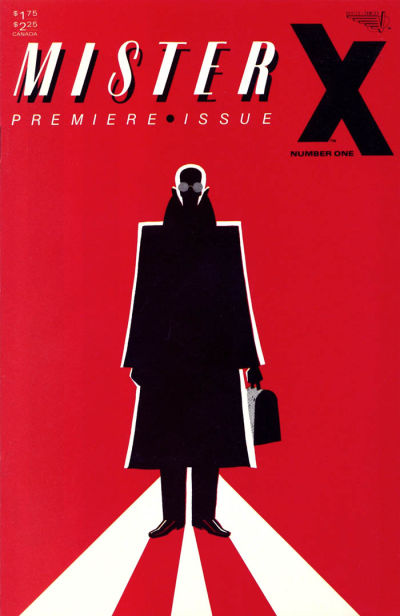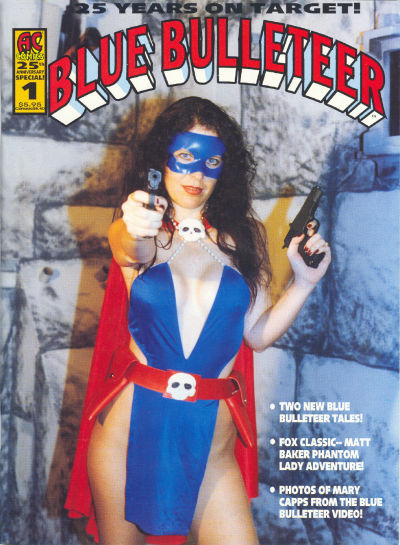Mister X: style over substance but what a style. Because this is a superhero comic done by Jaime, Gilbert and Mario Hernandez.

It all started as a project by Dean Motter, who was mostly working as an album cover designer at the time but also worked in comics, e.g. on The Sacred and the Profane with Ken Steacy on art. He envisaged Mister X as a ‘sleepless detective’ operating in an art deco superscience city called Radiant City. But he couldn’t do it alone so brought in Paul Rivoch, another illustrator, who helped shape the city and created a series of ads for the upcoming comic, which was to be published by Vortex (who would later publish Chester Brown’s Yummy Fur. But he and Motter had different opinions on what the series should be and he was no longer interested. So editor Ken Steacy, Motter’s old friend, had a brainwave and asked the Los Bros Hernandez if they were interested…
They would last only four issues. A small matter of Vortex not quite paying them as agreed. Nevertheless Mister X continued with another alternative comix future star on art duty: Seth! In all there would be fourteen issues, followed by a second series with an entirely new creative team from Vortex. After Vortex itself closed, there would be reboots, collections and sequel series over the decades, mostly through Dark Horse. It’s all a bit confusing and there doesn’t seem to be a proper collection of all its various incarnations yet. Frustratingly, I have the first three issues but not the fourth it looks like.
If you can find any of those first four issues they are worth seeking out, with a young Jaime Hernandez doing the artwork, as well as backup stories with art by Gilbert. Both of which look as good as they do in Love and Rockets. The remainder of the first series and second Vortex series may be interesting as well, if you’re on the lookout for early work of people who would became known for much different projects much later. One of those ambitious eighties projects that sadly stranded in the mundane problems of getting it published and especially published on time….

